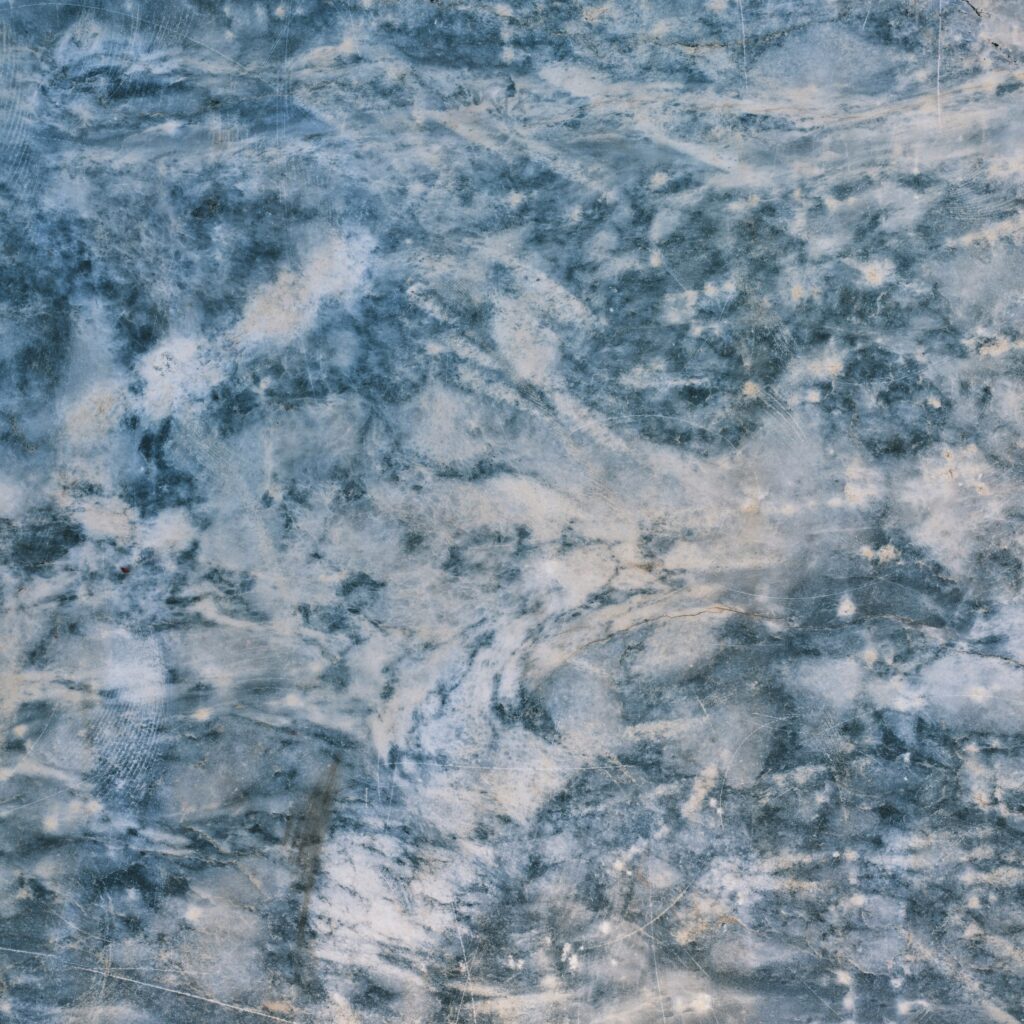
Every slab of marble can serve as a work of art, with vibrant shades and swirling veins and striations. Marble is formed from limestone that has undergone metamorphosis due to intense heat and pressure. During metamorphism, impurities and foreign substances present in the original limestone, such as clay, silt, and iron oxides, may also undergo changes. These impurities can contribute to the formation of different colors and veining patterns in the marble.
Quarried in the Carrara region of Italy, Carrara marble is one of the most well-known and widely used types of marble. It is prized for its white or light gray background with subtle veining, which gives it a timeless and elegant appearance. Carrara marble is commonly used in sculptures, architectural elements, and countertops.
Also originating from the Carrara region, Calacatta marble is known for its high-quality and luxurious look. It features a white background with bold, dramatic veining in shades of gold, gray, or brown. Calacatta marble is often used in high-end applications such as countertops, backsplashes, and flooring.
Originating from Spain, Nero Marquina marble is famous for its black background with striking white veining. It offers a sleek and sophisticated appearance and is frequently used for flooring, wall cladding, and decorative items.









